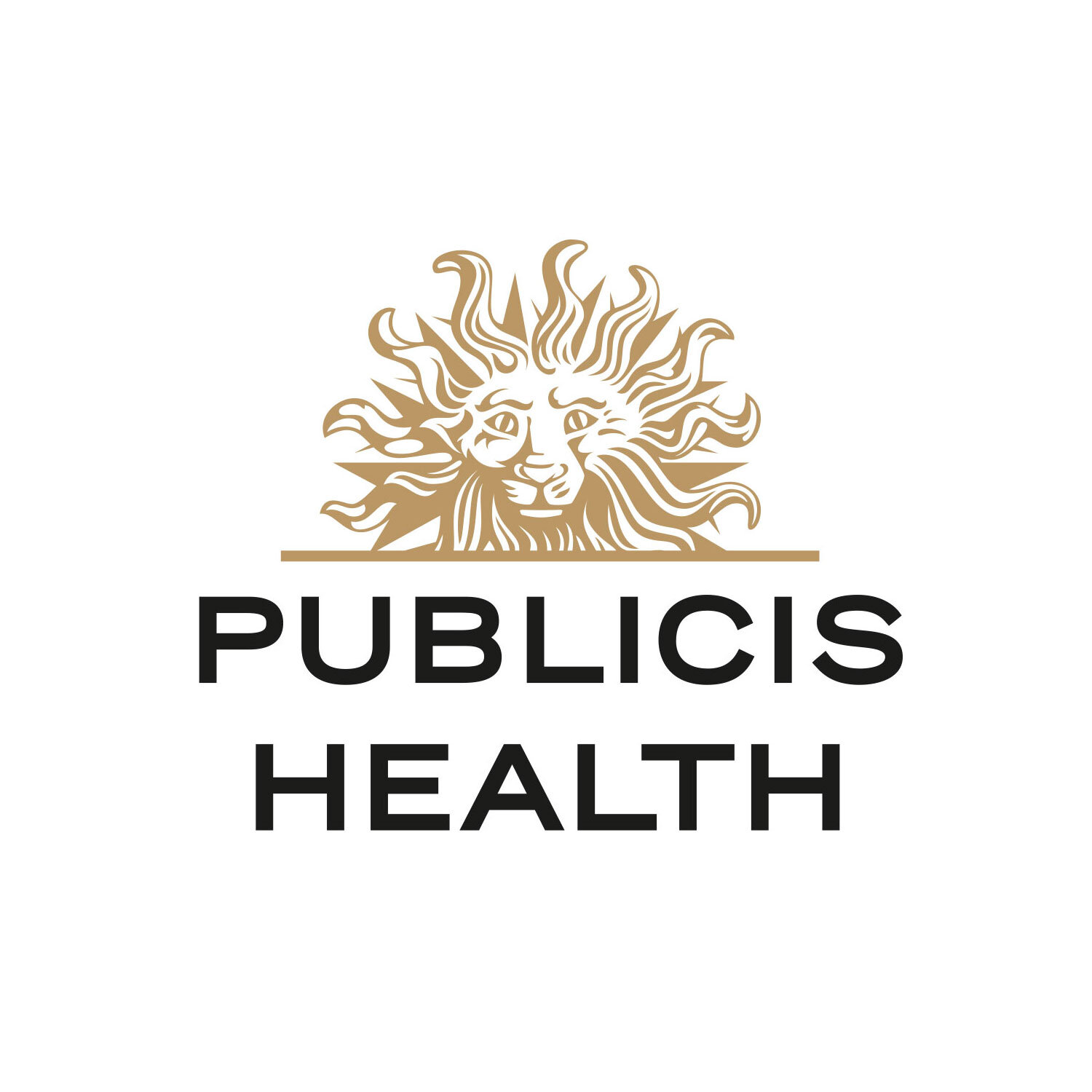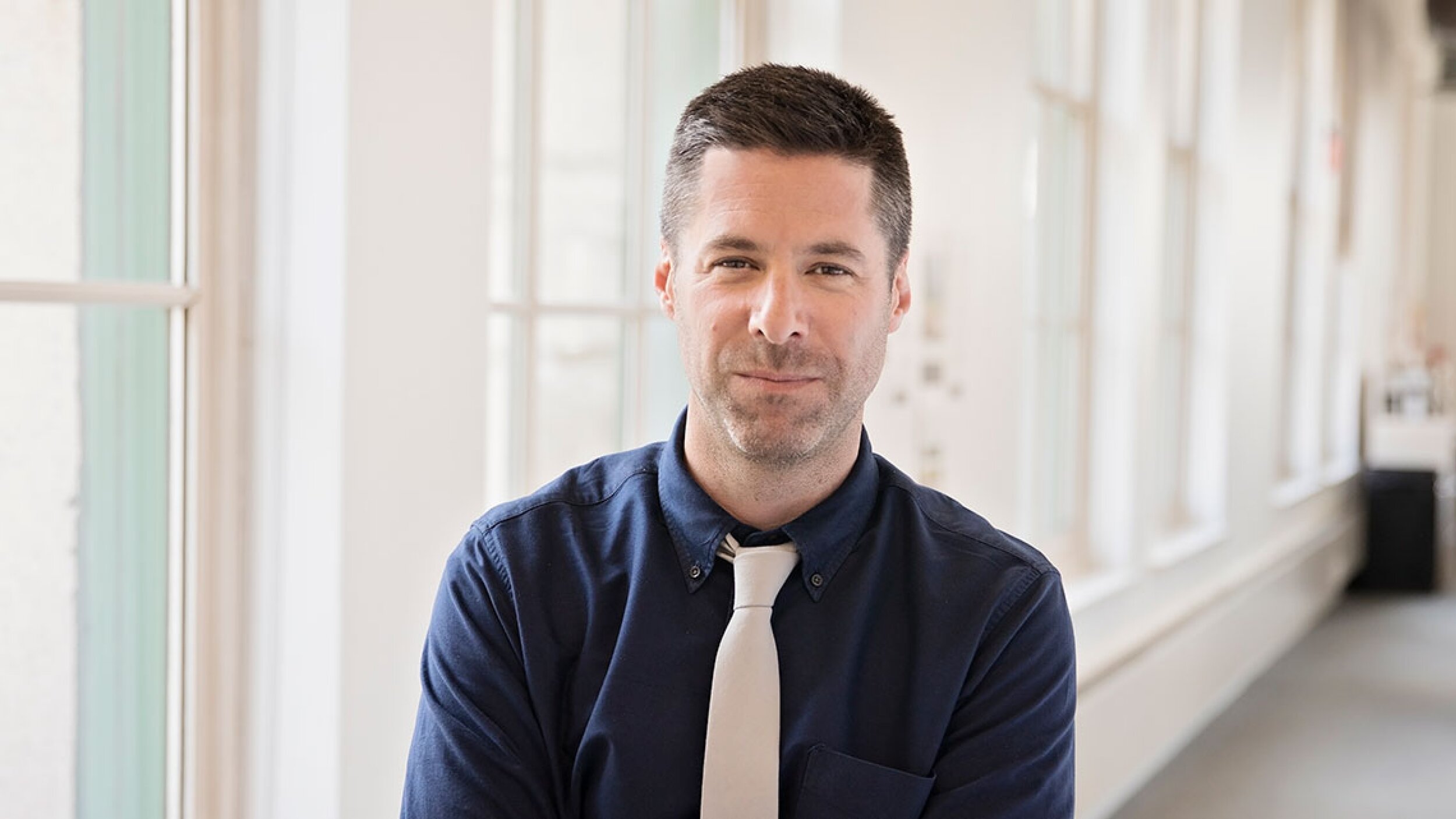CREATIVITY FOR GOOD: Q&A WITH DIGITAS HEALTH’S BRIAN LEFKOWITZ, 2021 CANNES LIONS JURY MEMBER
By: JohnMark Conklin, Senior Manager Global Communications & PR
The Cannes Lions International Festival of Creativity has been described as “The Oscars” of the advertising, media, and marketing industry. The red-carpet event, traditionally held in the South of France at the sprawling Palais des Festivals—also home to the legendary Cannes International Film Festival—Cannes Lions is a splashy, rosé-fueled celebration of creativity in its many forms. Across nine categories, jurors from around the world come together to recognize the boundary-pushing creative work that’s shaping culture, spurring innovation, and meaningfully impacting the lives of millions.
In 2020, the Festival was postponed because of the coronavirus pandemic and this year, the soiree has gone entirely virtual for the first time. I had the privilege of sitting down with Brian Lefkowitz, Digitas Health’s award-winning Chief Creative Officer and 2021 Cannes Lions Pharma Jury Member. Our conversation has been lightly edited for clarity.
Brian, can you tell me a bit about how this year’s Cannes Lions was different from previous years and how that impacted your experience as a juror?
Typically, a Cannes jury would review creative work from the previous year. However, because of the coronavirus and subsequent postponement of the 2020 Cannes Lions Festival, this years’ jurors had two years of creative work to review—that’s a lot of entries to look at! The remote aspect also was challenging because you’re juggling multiple time-zones and aren’t all physically in the same room experiencing the work together. That said, it was a privileged opportunity to see two full years of brilliant creative work.
What are some of your insights from the judging room, were there any key trends that stood out?
As far as trends go, we saw a lot of beautiful long-form content—mini documentaries, short films, and spots longer than the traditional :30, :60, :90 spots. We also saw brands experimenting with new platforms like Twitch to connect with audiences and expand into product design like Pharma Grand Prix winner Sick Beats and Saatchi & Saatchi Wellness’s Silver Lion-winning Prescription Paper Pill Bottle.
Were there any surprises? How did COVID-19 impact the creative work?
I was worried going into the jury room this year that the pandemic would be a cloud over all the entries, but I was pleasantly surprised to find that wasn’t the case. While COVID-19-related constraints—including travel bans, working from home, and production shutdowns made content creation challenging—they also spurred innovation and agencies were able to find creative approaches and solutions to get around those problems. For example, we saw a lot of incredible animated campaigns because of global lockdowns halting in-person production in many parts of the world.
What makes a Cannes entry stand out to you?
Simply put, craft. The craft of what we do is so important and can’t be an afterthought. One of the Silver Lion winners, The Numbers from McCann Health in Shanghai, is a stunning example of craft in healthcare communications. A beautiful tribute to caregivers, the cinematography, design, and deeply human storytelling in the film transcended language and culture to really connect with all the jurors. There’s nothing more personal than your health and the entries that effectively used craft and details to draw you in and make you deeply feel something are the ones that stand out the most.
While there was naturally a lot of award-winning work coming out of the U.S. and U.K., there also was a lot of winning work from China, APAC, and LATAM. What can health marketers in Western markets learn from creative counterparts around the world?
There is a universality to health stories that transcends language and the borders between us. The combination of human-centric storytelling combined with craft is something we saw in entries from around the world.
The breaking of taboos is another theme we’ve seen unfold on a global scale. The Where Babies Come From campaign out of Australia was a brilliant celebration of in vitro fertilization (IVF). Conversations about IVF have historically been stigmatized, and the campaign surfaced an important dialogue in a humorous way.
The Pharma jury opted to award a Grand Prix this year, can you share what you look for in a Grand Prix entry?
Awarding a Grand Prix is never a guarantee because it needs to be unanimous across the jury. So, for something to rise to that level means it needs to connect with all the jurors in a unique and meaningful way. As I mentioned at the top, craft is key to standing out, so getting that right is table stakes to be considered for a Grand Prix. Beyond craft, demonstrating data-driven creativity and applying those key insights uniquely is critical. What also makes a great Grand Prix winner is when it can’t be defined to one category or when it shows up across different categories, such as innovation, UX, technology and mobile. At the end of the day, a Grand Prix winner sparks an important conversation and ultimately transcends the original idea itself and opens your imagination to rethink all that healthcare marketing could become.
This year’s Grand Prix for Pharma was “Sick Beats,” a medical device for children living with Cystic Fibrosis (CF). Is this kind of tech-enabled creativity the future of marketing? Does this represent a shift for agencies from simply marketing messaging and into product development?
I think Sick Beats, as well as Saatchi & Saatchi Wellness’s Prescription Paper Pill Bottle (which received a shortlist in Pharma and a Silver Lion for craft, but because SSW is in the same holding company as Digitas Health, I had to excuse myself for that portion of the judging) demonstrate a pivot toward solution-oriented marketing. Raising awareness is a critically important part of what we do in healthcare communications, but in recent years we’ve seen a rise in going beyond awareness campaigns to explore applied creativity, product development, and experiences. I think we’ll continue to see technology enabled solutions in addition to traditional creative campaigns.
We talk a lot about connecting data, content, and technology. What does data-driven creativity mean to you?
Insight is at the heart of creativity and data allows you to uncover insights you might have missed which can lead to brilliant creative work.
The Gold Lion award-winning TALLK app from Samsung for ALS patients is a great example of data-driven creativity. ALS is a disease that leaves people completely immobile and silent, and data shows it is among the most expensive neurodegenerative diseases. The specialized technologies that help ALS patients communicate can cost thousands of dollars, making them out of reach for most patients. After identifying that 90% of ALS patients in Spain can’t afford the specialized devices to communicate, Samsung built an app that uses existing smartphone technology to allow ALS patients to communicate using just their eyes.
Prescription Paper Pill Bottle is another example, when you look at the data and realize more than a billion plastic pill bottles are ending up in landfills each year, you start down the path of finding a better way. Data-driven creativity is about following your curiosity down a rabbit hole to ultimately land on an insight with the potential to change the world.
Speaking of changing the world, where do we go from here?
We live in an age where people decide where to eat or how to shop based upon a company’s corporate purpose. As a result, it’s no secret that consumer brands have become increasingly purpose-driven and everyone from automotive manufacturers to fast-food chains are trying to strike a personal chord and empathetically connect with consumers. These major brands have large marketing budgets, aren’t regulated in the same way as pharma, and have historically been able to push the boundaries of craft in ways we have not.
Conversely, healthcare communications are highly regulated, often have different budgetary constraints, and historically have not been able to push the boundaries of craft and innovate in the same ways. However, nothing is more personal than health and from a work perspective, nothing could be more purpose-driven than finding creative ways to help equip and motivate people to take control of their health and well-being.
More than anything else, the biggest trend I saw at Cannes Lions this year—both in healthcare and beyond—is the union of purpose and craft. Consumer brands are telling purpose-driven stories that often overlap with health and pharmaceutical brands are elevating their level of craft to experiment with technology, design, and cinematography in ways that traditionally only the largest advertisers could.

